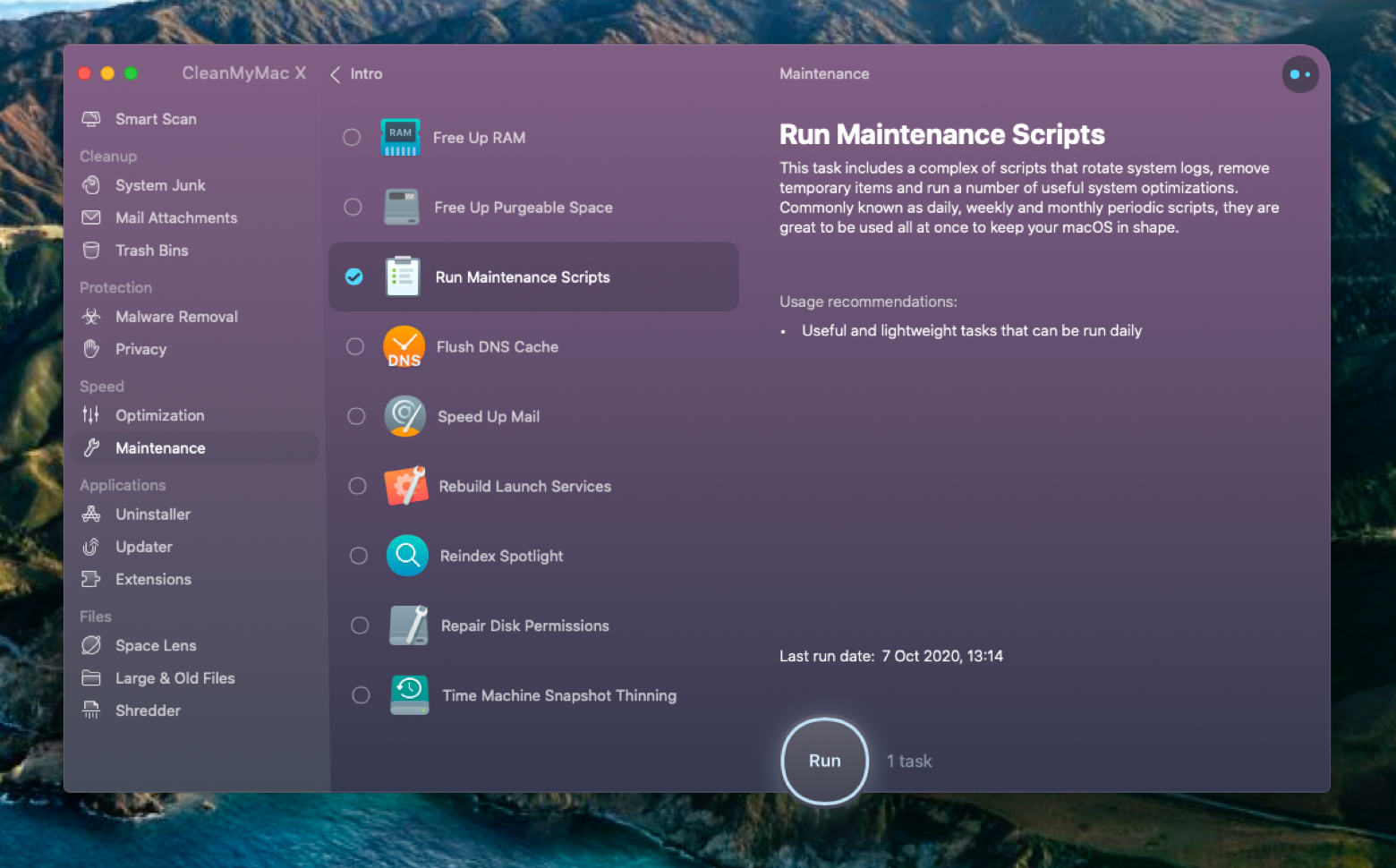Mar 01, 2013 How would I execute a terminal command from my Mac app? (which will be a open source project). This site uses cookies for analytics, personalized content and ads. Executing Terminal Command from Mac App? Can launch other application including terminal (shell) commands. Dec 29, 2019 Apple's Terminal provides you with a UNIX command line inside the OS X environment. You can enter the open command here to open any application, or to open a file with the application of your choice. There are several ways to adjust this command to suit your purposes, including the ability to host the application in your Terminal. May 03, 2020 It is an app included in the Mac operating system. What is the Mac Terminal. Terminal is a utility app. It lets you enter commands in the command line. The Terminal app provides a command-line interface to let you control and customize your Mac. Please note that be extra careful when executing the sudo command. This command requires you to.

May 10, 2007 Add custom commands to the Mac OS X Terminal Published on Thursday, May 10, 2007. When I use my Mac and type away in the Terminal, I’ve felt the need to add custom commands; e.g. Launch an application with that folder/file as a parameter. The way to accomplish this is to create a hidden file in your user folder (i.e. Users/robertnyman) named.profile (you use the dot before the name. Aug 15, 2019 Terminal is a command prompt program that comes on every Mac computer and allows users to input detailed commands to customize the way the operating system behaves. With the right commands, you can customize your computer in more ways than is possible using the regular System Preferences menu. The commands you enter during a session are saved so you can repeat a previously used command without retyping it. In the Terminal app on your Mac, press the Up Arrow key. The last command you entered appears on the command line. Continue pressing the Up Arrow key until you see the command you want, then press Return. In the Terminal app on your Mac, in the window running the shell process you want to quit, type exit, then press Return. This ensures that commands actively running in the shell are closed. If anything’s still in progress, a dialog appears. If you want to change the shell.
Very often, in OS X, when one has a terminal command that needs to be used often, it's convenient to turn that UNIX command into a double-clickable desktop file with a recognizable icon. How can that possibly be done? I'll show you how.
OS X is based on BSD UNIX
Here's the basic outline of this tip.
- Create a UNIX script with a text editor that contains one or more terminal commands.
- Make it executable.
- Double click it in the Finder.
It's really quite simple, but there are a few things to be aware of. I'll walk you through it and add some notes as needed.
I. Create a script. UNIX scripts are similar to AppleScript. There are commands and a syntax. From time to time you'll see articles that show how to change an OS X preference from the command line. For example, you may have seen this terminal command that strips the drop shadow from your screenshots:
Note #1. The Terminal app location is /Applications/Utilities/Terminal.app
Scripts are a sequence of commands, managed by the scripting language, to a achieve a task. The easiest way to write a script is to use a text editor, like OS X's built-in TextEdit, found in the Applications folder.
Note #2. Make sure the Preferences for TextEdit are set correctly. Preferences > New Document > Plain text. Once set, relaunch TextEdit.
Here's a simple script that uses the 'uptime' command to display how long it's been since your Mac was rebooted.
Note #3. The first line tells OS X to use the Bash scripting language. There are several to chose from. We won't dig into that here.
Copy and paste this script into a new TextEdit file. Call it 'ByYourCommand.txt' Save this file on your desktop.
II. Make the Script Executable.
1. In the Finder, delete the file extension '.txt' The Finder will ask for confirmation.
2. Open the Terminal app and navigate to the file. Substitute your own login name instead of mine. Like this:
3. Still in the terminal, execute this UNIX command:
Mac Os X Terminal Commands

Note #4. This UNIX command makes the file executable, that is, double-clickable.
Note #5. If you have antivirus software installed, it may object, depending on its preferences, to an executable script being inserted into a file that was created by an OS X text editor. Just ignore the warning.
At this point, you'll notice that the file's icon has changed to this:
III. Double click the file 'ByYourCommand' on the desktop. The Terminal app will launch, the script will be executed, and you'll see the results, like this:
Uptime: one day, 21 h since my last reboot.
If you need to edit the script, you'll have to add the '.txt' extension back. (Or, as the geeks will point out, edit with a UNIX editor like vi. I had to say that.)
Executing Terminal Commands In Mac Os As Appointment
This is as far as we'll go with a one line command. Once you get the hang of this and learn a whole lot more, you'll find yourself happily creating your own custom scripts—if you decide to learn Bash or one of the other UNIX shells available. A new door is open to create your own scripts, but you should, of course, learn much more about UNIX and scripting before you go wild with this newfound superpower. A really careless act could render your OS X corrupted and/or unbootable.